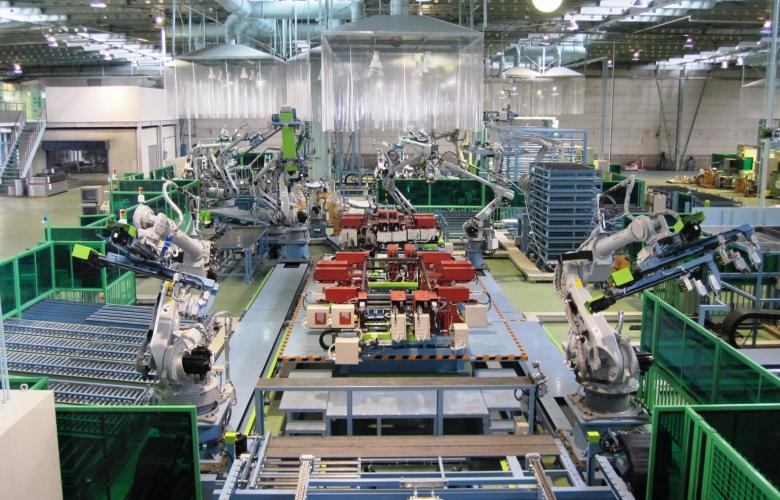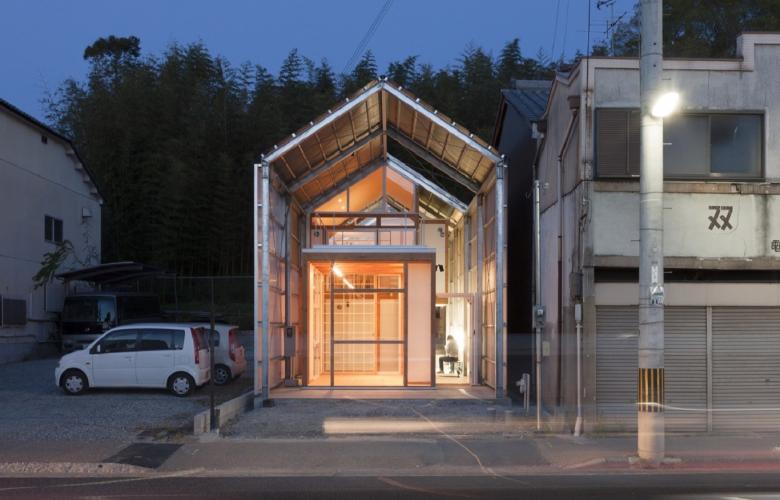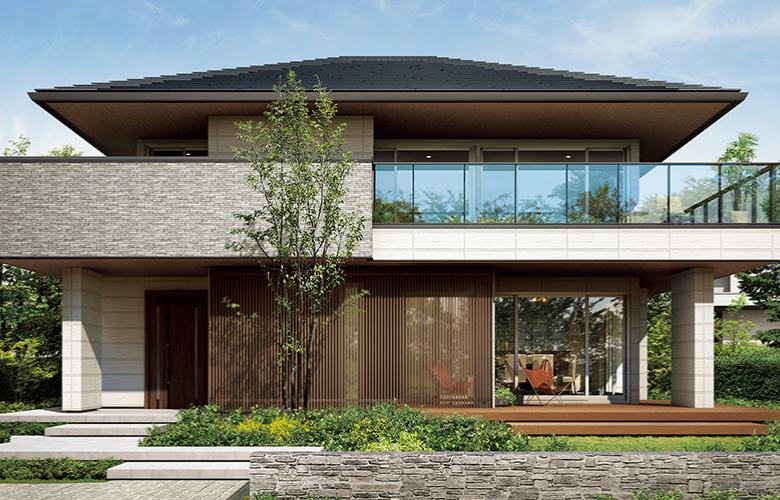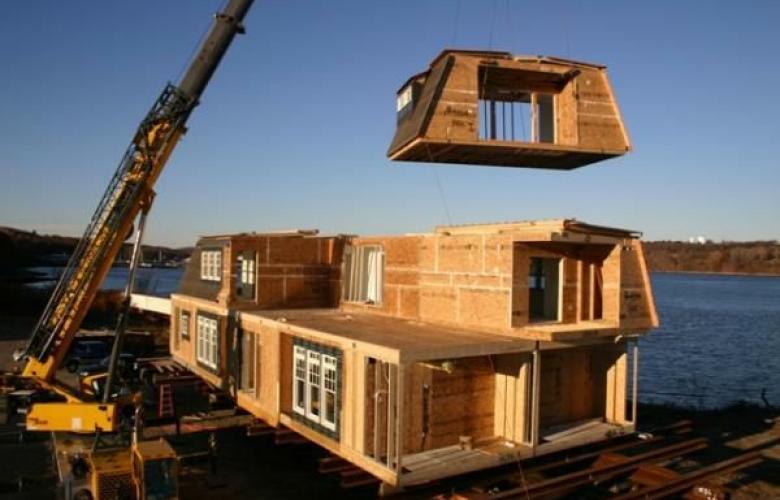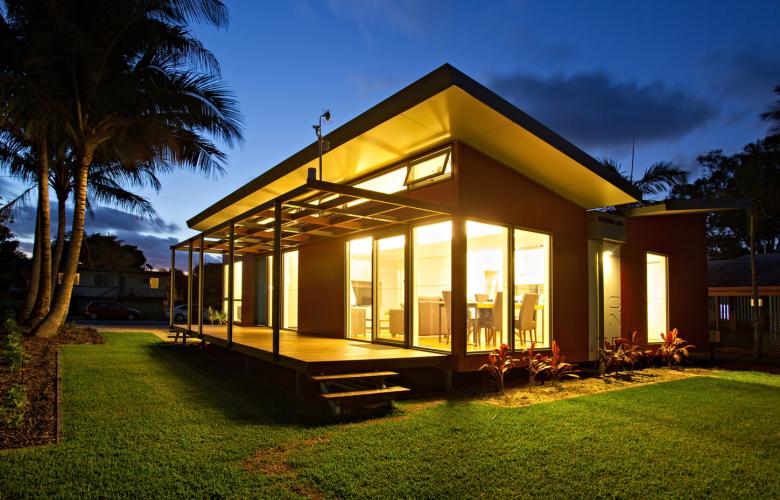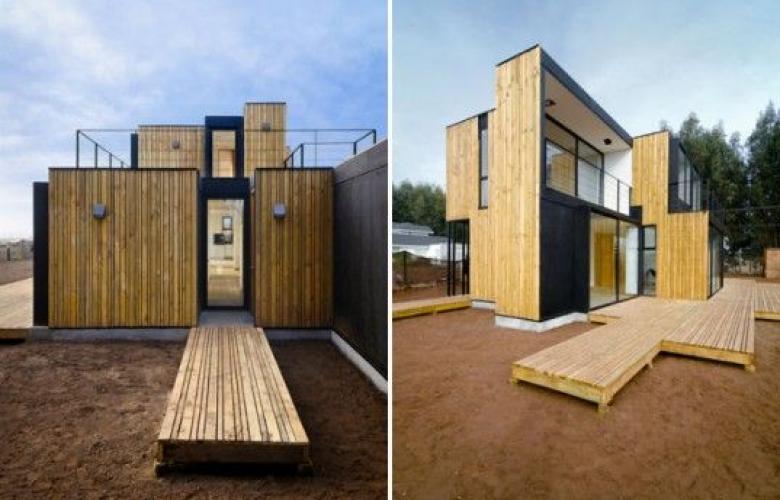The West has always looked to Japan to see what’s next. Technologically, texting, selfies, portable listening devices plus transport advances such as Bullet Trains and hybrid cars have resonated. Not to mention instant noodles and Pokemon Go!
This is the country that brought capsule hotels, and now offers accommodation in ‘Net Cafes’ which charge by the minute. With 93% of its residents living in cities, the Japanese rate among the lowest in the world for home ownership. They are often renters, single and living alone in large cities. For those fortunate enough to buy, the price of a house in central Tokyo amounts to around 30% of the price and the remaining 70% is for the land. Typical wooden Japanese homes tend to last 30 years before they are rebuilt, according to Japan Property Central.
Japan's advances in the housing space
In 2013, around 12.9% of new houses were prefab or modular, compared with Australia, at only 3%. Sekisui House, one of the largest pre-fab housing companies, produces 15,000 detached houses a year, with its factory in Shizuoka producing around 20 houses per day.
Dr. Mathew Aitchison, Associate Professor in Architecture at the University of Sydney, wrote on The Conversation, “on a recent tour of Japanese prefabricated housing factories, I was awestruck by the sophistication of Japan’s construction industry: entire factories populated by robots, houses trundling along assembly lines, technicians assembling houses as one might a Toyota Camry. This was a real “wow” moment, as building in Australia is still firmly in the realm of tradition – “guys in utes” (not robots) are still the foundation of our industry. At a time when some commentators in Australia are hoping the emerging “manufactured” housing industry can soften the blow of the departing auto industry, Japan shows us an established and sophisticated lean manufacturing future.”
Dror Poleg wrote: “Japan’s construction industry is significantly more efficient and productive than that of the US or the UK. Modular and factory-made components make a significant portion of housing construction, and the industry includes a few very large manufacturers that each built millions of houses. These residential construction companies tend to be considerably larger than their US counterparts, despite operating in a much smaller market. Most Japanese houses are built — figuratively and literally — on the assumption that they should last for no more than 30 years.”
Japan has its geographic specific building requirements, and with the focus on renewable energy, efficiency and the ecology, Daiwa House says it tries to anticipate “the needs of each successive generation, including the steel-frame xevo, whose high-level seismic absorption capabilities allow it to withstand repeated massive earthquakes, and the xevo Granwood, in which we use only high-quality Japanese timber. We now sell all our single-family house products under the SMAEco smart house brand, with home energy management systems (HEMS) and photovoltaic power generation systems included as standard. In these ways, we are creating a truly eco-friendly next-generation residential environment.”
Similar to this:
MUJI releases new tiny home design
Australia and Japan attract funding as their tourism markets deliver on growth

